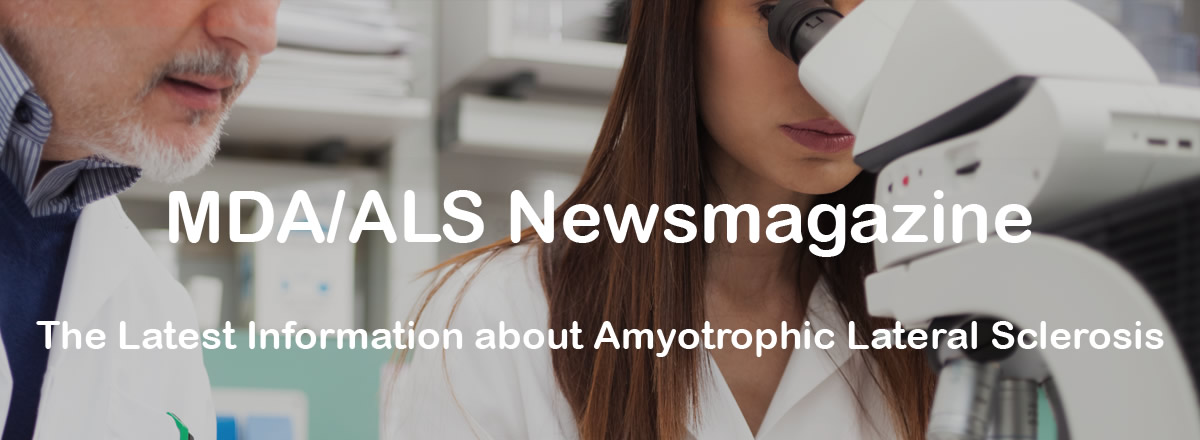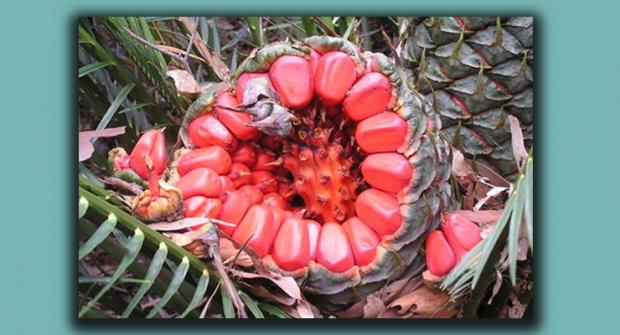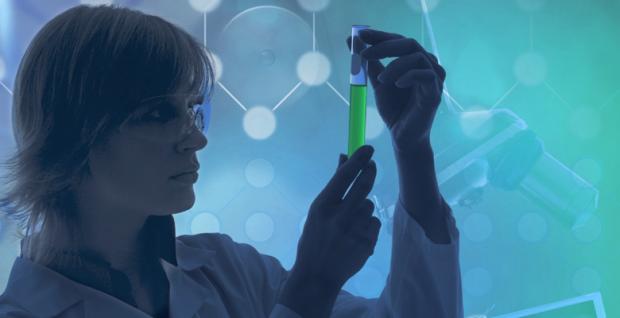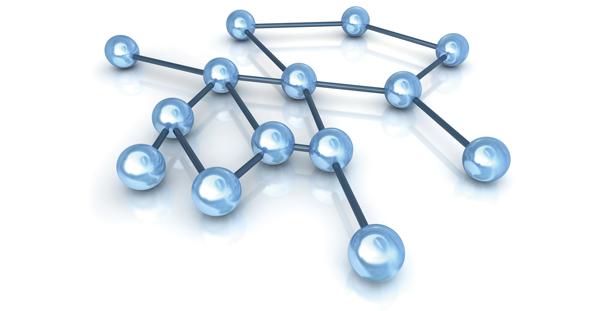
Research News

Bats and Nuts Yield Environmental Clue to ALS on Guam
High rates of ALS on Guam may have been caused by the native people’s predilection for eating bats, according to a new theory.Two researchers proposed the theory based partly on observations that the bats — a delicacy among native Guamanians — eat poisonous nuts from the indigenous cycad tree."If we’re correct that an environmental toxin in the diet causes [ALS] among the people in Guam, it might lead to an investigation of environmental toxins — including dietary ones — elsewhere," said one of the researchers, Paul Alan Cox.
Read MoreGulf War Vets More Likely to Get ALS
A government-supported research team announced in the Sept. 23 issue of the journal Neurology that having served in southwest Asia during the Gulf War significantly increases the risk of later developing ALS.Veterans of the Gulf War were found to be about twice as likely to develop ALS as were military personnel who didn’t go to the gulf during the same period. (This finding was released as a preliminary announcement late in 2001. The results are now fully analyzed and "official.")
Read More
Water-Contamination Link to ALS Tenuous Without More Data
Recently, media outlets reported a possible link between developing ALS and living near Lake Mascoma in Western New Hampshire.The Union Leader in New Hampshire and other news outlets indicated that the risk of developing ALS is “25 times” higher than average for people living around Lake Mascoma, located in Enfield and Lebanon, N.H. The source of this statistic was not explained.
Read MoreALS Research: Risk Raisers
A large, multinational study to identify genetic risk factors associated with amyotrophic lateral sclerosis (ALS) has found two DNA sequences on chromosomes 9 and one on chromosome 19 that are significantly different in people with and without the disease and may contribute to its development.The identified DNA regions on both chromosomes contain genes for biological processes that could have an effect on the disease.
Read More
ALS: Not Just About Motor Neurons Anymore
Not long ago, if you asked any neurologist about ALS, you’d have been told that it’s a disease of the motor neurons — nerve cells in the brain and spinal cord that control voluntary muscle movement. That’s still true. But the last few years have added clauses to that description that recognize the important contributions of other cells to the deadly disease process. That could be good news, because those other cells may be easier targets than motor neurons.
Read More
MDA's ALS Clinical Research Network: Streamlining the Search for a Cure
The MDA ALS Clinical Research Network, a nationwide consortium of MDA/ALS centers, is up and running, helping streamline the search for treatments for ALS.The network provides an “unprecedented” platform for launching new ALS studies, said Robert Miller, neurologist and co-director of the MDA/ALS Center at California Pacific Medical Center in San Francisco. It does so “by providing core resources to bring together five of the largest ALS research centers in the country and allowing us to develop new projects and test new ideas,” he explained.
Read More
SOD1 Versus Other ALS: Apples and Oranges?
Scientists at Northwestern University Feinberg School of Medicine in Chicago have announced new findings showing some forms of familial and nonfamilial ("sporadic") amyotrophic lateral sclerosis (ALS) have commonalities at the molecular level — but that one form of familial ALS may be different.
Read More
ALS-Causing TDP43 Overstays Its Welcome
At least some of the mutations in the TDP43 protein that are known to lead to ALS cause the TDP43 protein to be more stable than usual and change its interactions with other cellular proteins, say researchers at the University of California-San Diego. The changes are toxic ones.The evidence strongly suggests that this increased stability and the abnormal protein-protein interactions are mechanisms by which TDP43 mutations cause ALS, a paralyzing disease of the nervous system. They say hastening the breakdown of TDP43 and/or interfering with its chemical interactions with other substances could become a new therapeutic avenue.
Read More
National ALS Registry Now Open
After two years of laying the groundwork, the Agency for Toxic Substances and Disease Registry (ATSDR) has opened its National ALS Registry to collect information from people living with ALS.Scientists at the ATSDR, which is part of the Centers for Disease Control and Prevention in Atlanta, hope registry data will provide insight into the causes of, and potential treatments for, ALS.
Read More
FUS and ALS: What's the Connection?
The gene for FUS was associated in 2009 with some forms of ALS (amyotrophic lateral sclerosis, or Lou Gehrig’s disease).Now, overlapping findings from four recent studies have revealed tantalizing clues about the molecular underpinnings of FUS-related forms of the disease.FUS (also called FUS/TLS for “fused in sarcoma – translated in sarcoma”) normally resides inside the cell nucleus, where it serves its primary function as an RNA binding protein. (RNA is the chemical step between DNA and protein synthesis. Through multistep RNA processing, the cell's protein building machinery reads genetic instructions carried in DNA and manufactures the proteins it encodes.)
Read MoreMDA Resource Center: We’re Here For You
Our trained specialists are here to provide one-on-one support for every part of your journey. Send a message below or call us at 1-833-ASK-MDA1 (1-833-275-6321). If you live outside the U.S., we may be able to connect you to muscular dystrophy groups in your area, but MDA programs are only available in the U.S.
Request Information